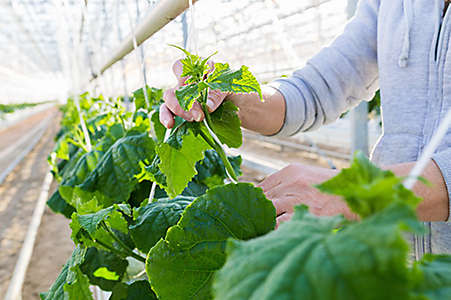Before applying a new product on a plant, you want to make sure whether it is safe and effective. Hence, it is important to run a trial before incorporating a new product into your operations. The first thing to do when designing a trial is to set up your objectives and decide what results you are wanting to see. They could be either a statistical analysis, a practical or a visual result, or a comparison between different products. These expected results must be recorded to conclude if the trial was a success or not.
Kemin Technical Experts recommend you to follow a 5 step trial to help you measure the stated benefits of a new product you want to incorporate into your operation.






